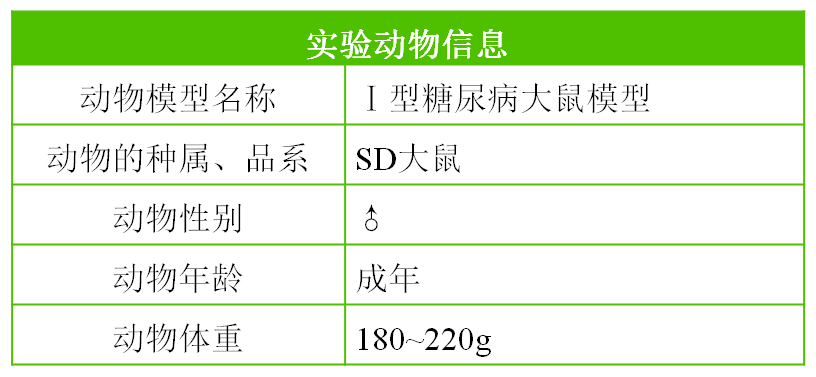Type I diabetes model
Type I diabetes is characterized by the complete destruction of insulin producing cells in the pancreas of the patient, and the complete loss of insulin producing function. When insulin is absolutely deficient in the body, the blood sugar level in the body continues to rise, resulting in diabetes. To provide a stable and reliable animal model of diabetes and to understand the similarities and differences between its physical signs and human diseases become the premise of the disease research. STZ is a nitroso containing compound, which can specifically destroy pancreatic islet β cells after entering the body, cause β cells to denature and necrosis, and finally induce diabetes.
Type I diabetes rat model

Type I diabetes mouse model

Observation indicators
1. Fasting blood glucose (FBG); 2. Fasting serum insulin levels; 3. Oral glucose tolerance test (OGTT); 4. Various serum biochemical indicators, such as TC, TG, HDL-C, LDL-C, CR, BUN, ALT, etc; 5. Insulin sensitivity; 6. Liver glycogen; 7. Muscle TG 8 Tissue pathological sections; 9. Collect 24-hour urine and feces, and test their biochemical indicators.


